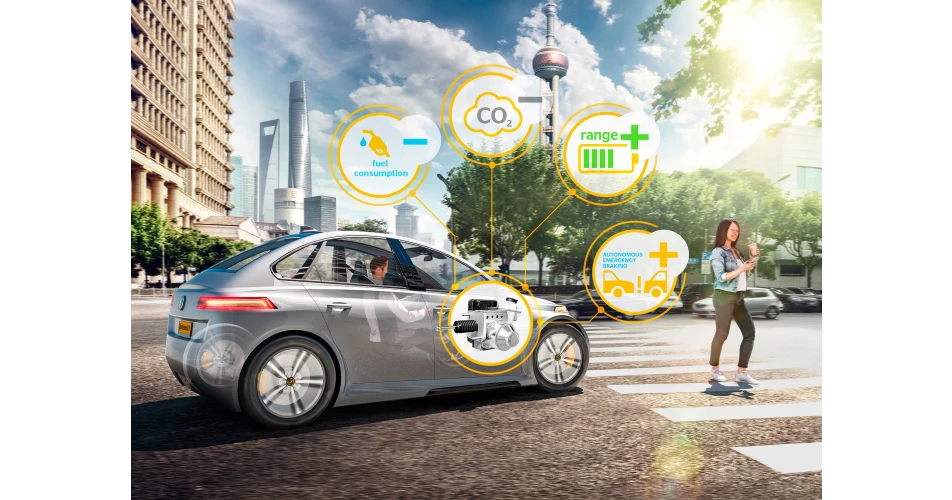Continental is actively shaping the future of tomorrows brake systems, and its aftermarket brand ATE has offered some insight into how future systems will work.
As the vehicle architecture develops, brake systems are becoming increasingly intelligent, so they can meet the future needs and requirements of automated driving and electrification.
Traditionally brakes have been primarily mechanical systems with vacuum brake boosters and hydraulic power transmission from the brake pedal to the wheel brake. Electronic safety systems, such as the anti-lock brake system, ensure that the brakes proactively contribute to the driving safety in borderline situations, even without driver intervention. In addition, brakes must now also contribute to vehicle efficiency, by helping to prevent CO2 emissions or even particulate emissions during friction braking. With more and more functions added, the vehicle architecture became a complex network of dozens of dedicated Electronic Control Units (ECUs). However, to realize a modern E/E architecture, single functions such as the anti-lock brake system need to be integrated in a more centralized structure, in which there is one high performance computer responsible per domain (e.g. infotainment, Driving Assistance). This architectural revolution of motion control has already begun, one recent example being that Continental has supplied VW’s e-car ID.3 with the world’s first mass-produced high-performance server for cars.
Increasingly electromechanical actuation (brake-by-wire) is now being introduced. The first existing electrohydraulic brake-by-wire brake system named MK C1 by Continental, went into production in 2016. The MK C1 as well as its successor, the MK C2, build up brake pressure faster than any conventional hydraulic system and do not require any brake booster or vacuum pump. While the brake feeling is constantly simulated for the driver, dosage of the maximum braking power does not depend on the force in the foot. In case of an emergency braking, the actual braking request comes from the automation or an assistance system and takes instant action, a very important point for safe and effective emergency braking in an automated vehicle. Furthermore, in 80% of deceleration situations in electric or hybrid cars, recuperative braking can help to recharge the battery while the pedal feels completely normal to the driver.
As recuperation covers 80% of the deceleration processes, this means that only in 20% the brake is stressed, reducing the abrasion while increasing the chance for corrosion. That is where drum brakes can have a big advantage to disc brakes in an electrified vehicle: thanks to their capsuled system, their chance of rusting decreases, ensuring a constant level of brake power. Another advantage is the drum brakes’ design secures the dust inside, which can easily be removed in the next vehicle inspection.
Today’s daily workshop business focuses on hydraulic brake systems and therefore, the right spare parts and services are needed. ATE is the well-known premium brand from Continental that offers the brake technology and products in OE quality. For information on drum or disc brake spare parts, hydraulic parts and other products and services by ATE, visit www.ate-brakes.com.
